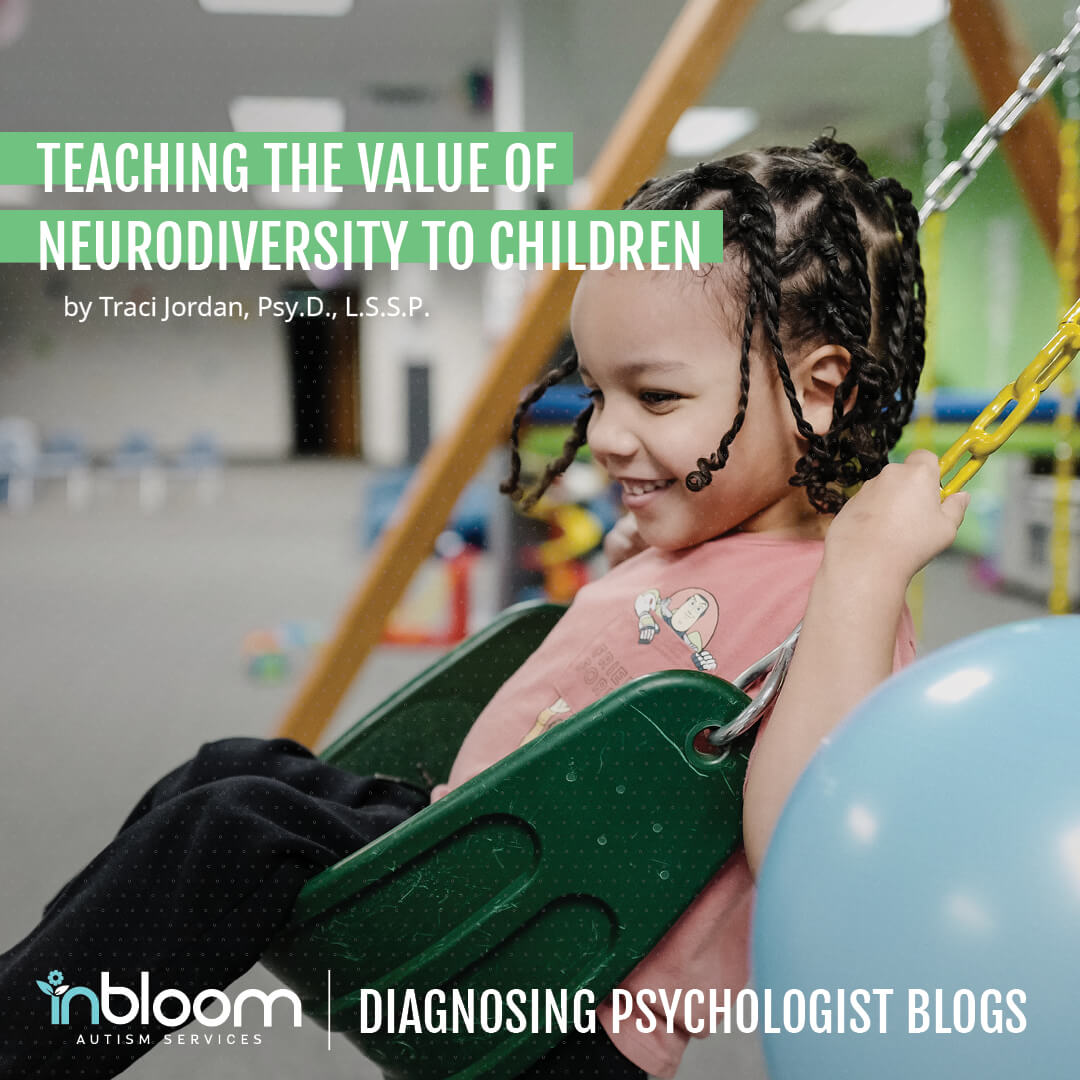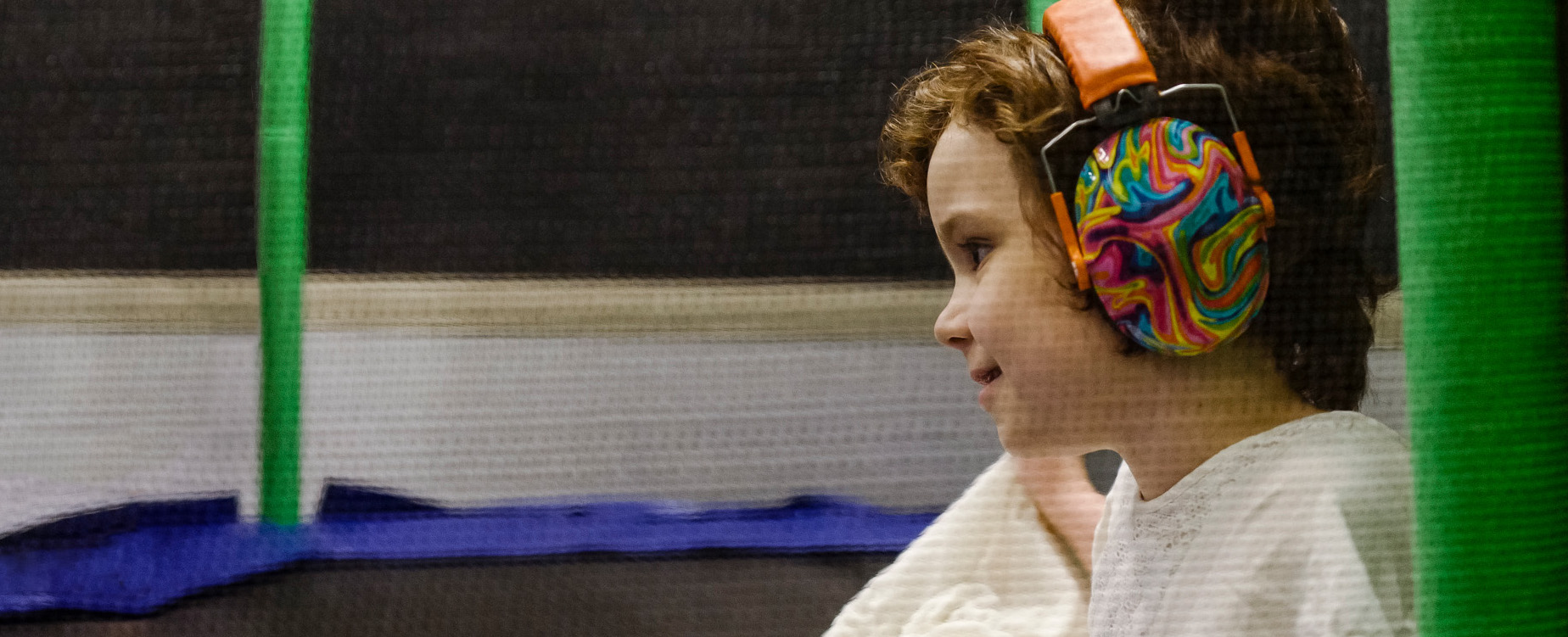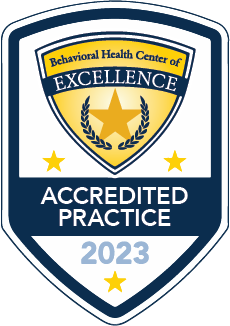Teaching the Value of Neurodiversity to Children

To paraphrase an ancient Eastern proverb: “All individuals, in many respects, are like no other individuals, like some other individuals, and like all other individuals.” Diversity often refers to a wide spectrum of social and ethnic backgrounds that describes various aspects of how people see themselves and are seen by others. Neurodiversity is perhaps the most essential type of diversity.
What is Neurodiversity?
As the term implies, neurodiversity refers to our distinctive brain structure and function – there is no right or correct brain type any more than there is any right or correct culture. In the genetics vernacular, neurodiversity is seen in the natural variations of the human genome. In fact, advances in magnetic resonance imaging (MRI) have revealed that, due to a complex interaction of genetics and life experience, the human brain holds more variability than the brain of any other species (Science Daily, 2018).
“All individuals, in many respects, are like no other individuals, like some other individuals, and like all other individuals.”
How did humans become more diverse than other creatures? Neuroscientists attribute our uniquely neurodiverse status to the interaction between nature and nurture:
First, each of us comes into the world with a genetic heritage like no other, and one-third of that genetic material is active in our cerebral cortex (National Institute of Health, 2010). Genes responsible for our brain development naturally impact how we think, how we feel, and how we relate to others.
Second, life experience enhances our neurodiversity. If children perform an activity often enough, say playing the piano, the neuronal connections responsible for mediating that movement are strengthened, at least until they stop practicing. If children frequently engage with others socially, another part of their brain (the amygdala) is activated, until social engagement begins to feel more integrated. These are the sorts of life experiences that interact with genetics over the course of one’s lifetime, allowing for a huge amount of neuro variance between individuals.

The benefits of neurodiversity for humans are immense, including creativity and innovation from different ways of thinking.
How to Help Children Value Neurodiversity
Thus we are differently abled both from experience and from our genetic endowment. This is a good thing, because the benefits of neurodiversity for humans are immense, including creativity and innovation from different ways of thinking. Just as we want to encourage our children to appreciate associating with people from different backgrounds and cultures, we want to help all of our children value neurodiversity. Here are some ideas:
- Speak to your children openly and often about neurodiversity, including autism. This allows them to learn from the most important role model in their life – you. Talk in a positive manner about everyone’s strengths and challenges in life. Make sure your child’s library includes neurodiverse representation. Two children’s books you may want on your bookshelf: Uniquely Wired: A Story About Autism and It’s Gifts, by Julia Cook, and The Superhero Brain: Explaining Autism to Empower Kids,” by Christel Land. Also find neurodiversity in media: All My Stripes: A Story for Children with Autism by Shaina Rudolph and Danielle Royer, and Julia from Sesame Street, a muppet with autism (autism.sesamestreet.org). Look for opportunities to point out gifts that neurodiverse children may have, perhaps a superpower focus allowing them to learn all about dinosaurs, the solar system, etc. Here is an article that explains why and how to talk to your child about neurodiversity: https://www.iidc.indiana.edu/irca/learn-about-autism/getting-started-introducing-your-child-to-his-or-her-diagnosis-of-autism.html.
- Embrace and accommodate children’s natural differences in learning, attention, mood, and other aspects of being in the world. These may include daily routines, reminders before transitions, visual information, and recognition of each child’s sensory, social, and emotional needs. Learning is so much more rewarding if these needs are understood and valued. Seek to maximize each child’s best learning modality – e.g., visual or auditory, to modify how information is presented. Do they learn better with background music or in a quiet environment? Calming music during transitions? Prefer visuals or a linear checklist? Does a fidget toy help with focusing?
- Learning settings should reflect a child’s diverse needs. Applied Behavior Analysis (ABA) programs are one example of a learning setting that can tailor and create an environment conducive to each child’s unique learning style. The many advantages of participation in an ABA program prior to starting school include learning experiences that are individualized to your child’s strengths and challenges. Parents partner with Board Certified Behavior Analysts and Behavior Therapists in developing and implementing evidence-based programs with data collection specific to each child’s learning objectives. Therefore, each child’s care team is able to identify the specific interventions most effective for behavior change and growth. Generalization of positive behavior change occurs through reinforcement of gains in various settings, including group play areas and sensory rooms (Lawrence, 2022). In short, participation in an ABA program can give children an invaluable beginning for a lifetime of learning.
- Professional evaluations performed by licensed developmental specialists also help others understand differences. In addition to providing valuable information about abilities and challenges, a clear medical diagnosis may be the first step in accessing potentially life-changing services and support.
Parents partner with Board Certified Behavior Analysts and Behavior Therapists in developing and implementing evidence-based programs with data collection specific to each child’s learning objectives.
At InBloom we recognize that children have needs, learning styles, and preferences as unique as their fingerprints. To support their uniqueness, our InBloom team embraces the maxim of acknowledging what unifies us, and celebrating what distinguishes us.
References
- Sesame Street in Communities. PBS kids. Sesame Street: Autism (accessed March 16, 2023). Robert Wood Johnson Foundation.
- Valizadeh, S. A., Liem, F. Mérillat, S., Hänggi, J., & Jäncke L. (2018). Identification of individual subjects on the basis of their brain anatomical features. Scientific Reports, 8(1).
- National Institute of Health. (July, 2010). Brain Basics: Genes at work in the brain. Office of communication and public liaisons. Author.
- Wheeler, Marci. (2020). Getting started: Introducing your child to his or her diagnosis of autism. Indiana University Bloomington: Indiana Resource Center for Autism.


